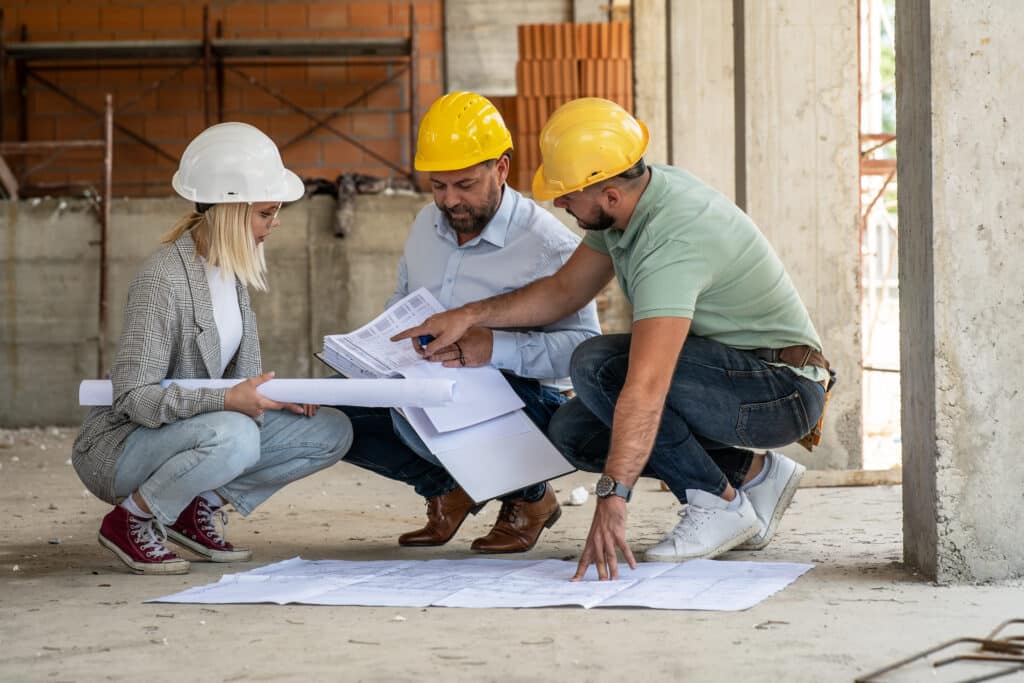In Florida, the longevity of your roof is a crucial concern. The state’s unique climate presents a challenge to homeowners.
High temperatures, humidity, and frequent storms can affect the lifespan of your roof. This makes understanding the durability of different roofing materials essential.
This article aims to provide insights on how long roofs last in Florida. We’ll delve into the lifespan of common materials like asphalt shingles, tiles, and metal roofs.
We’ll also explore how to maximize the longevity of your roof. This includes maintenance tips and factors that can influence a roof’s lifespan.
Whether you’re a homeowner, real estate investor, or involved in home maintenance, this guide is for you.

Understanding Florida’s Roofing Challenges
Florida’s climate is a unique blend of high temperatures, humidity, and frequent storms. This combination can significantly impact the lifespan of your roof.
For instance, the state’s high temperatures can cause roofing materials to deteriorate faster. This is especially true for asphalt shingles, which can curl and crack under intense heat.
Humidity is another challenge. It can lead to the growth of algae and mold, which can damage your roof over time.
Frequent storms, particularly hurricanes, pose a significant threat. High winds can rip off shingles, while heavy rains can lead to water damage.
Here are some key challenges Florida’s climate presents to roofs:
- High temperatures causing material deterioration
- Humidity leading to algae and mold growth
- Frequent storms resulting in wind and water damage
- Coastal areas experiencing rapid deterioration due to salt spray
- The need for materials with high wind resistance due to hurricanes
Asphalt Shingle Roofs
Asphalt shingles are a popular choice for many Florida homeowners. They are affordable and come in a variety of styles and colors. However, their lifespan can be shorter in Florida’s climate.
On average, asphalt shingle roofs in Florida last between 15-20 years. This is less than the national average due to the state’s harsh weather conditions. High temperatures can cause the shingles to curl and crack, while humidity can lead to mold and algae growth.
Despite these challenges, regular maintenance can help extend the life of an asphalt shingle roof. This includes regular inspections, prompt repairs, and proper attic ventilation.
Tile Roofs
Tile roofs are another common choice in Florida. They are known for their durability and aesthetic appeal. Tiles can withstand high temperatures and are resistant to algae and mold growth.
In Florida, tile roofs can last 25-30 years or more with proper maintenance. This includes regular inspections, debris removal, and gutter cleaning. Tile roofs also benefit from professional installation to ensure they can withstand Florida’s frequent storms.
However, tile roofs are more expensive than asphalt shingles. Homeowners should consider this when choosing their roofing material.
Metal Roofs
Metal roofs are known for their durability and longevity. They can withstand high winds, making them a good choice for Florida’s hurricane-prone climate. Metal roofs are also resistant to mold and algae growth.
In Florida, metal roofs can last 40-70 years. This makes them a cost-effective choice in the long run, despite their higher upfront cost. Regular maintenance, such as inspections and prompt repairs, can help ensure a metal roof reaches its maximum lifespan.
Metal roofs also offer energy efficiency benefits. They reflect sunlight, reducing heat absorption and helping to keep your home cooler. This can lead to significant energy savings over time.
Factors Affecting Roof Longevity in Florida
Several factors can affect the lifespan of a roof in Florida. Understanding these factors can help homeowners make informed decisions about their roofing materials and maintenance practices.
One of the main factors is Florida’s unique climate. High temperatures, humidity, and frequent storms can all take a toll on a roof. Coastal areas may experience more rapid deterioration due to salt spray. Additionally, the color of the roof, the quality of the materials used, and the installation practices can all influence a roof’s lifespan.
Here are some key factors to consider:
- Climate and weather conditions
- Quality of roofing materials
- Installation practices
- Regular maintenance
- Roof color and design
By considering these factors, homeowners can choose the right roofing materials for their needs and take steps to maximize their roof’s lifespan.
Maintenance Tips to Extend Your Roof’s Life
Regular maintenance is crucial for extending the life of any roof in Florida. This includes routine inspections, debris removal, gutter cleaning, and prompt repairs of minor damages.
Here are some key maintenance tips:
- Conduct regular inspections to identify potential issues before they lead to significant damage.
- Keep your roof clean by removing debris and cleaning gutters regularly.
- Repair minor damages promptly to prevent more extensive problems.
By following these maintenance tips, homeowners can help ensure their roof lasts as long as possible, saving them money and hassle in the long run.
The Importance of Professional Installation and Regular Inspections
Professional installation by a licensed contractor is key to ensuring a roof’s longevity. This is because proper installation practices can significantly influence a roof’s lifespan.
Regular inspections are also crucial. They can identify potential issues before they lead to significant damage. This is especially important in Florida, where the climate can cause rapid deterioration of roofing materials.
In conclusion, both professional installation and regular inspections are vital for maximizing roof longevity in Florida’s challenging climate.
Choosing the Right Roofing Material for Florida’s Climate
Choosing the right roofing material is crucial for maximizing roof longevity in Florida’s challenging climate. Factors such as high wind resistance, heat absorption, and resistance to pests and rot should be considered.
Reflective or “cool” roofing materials can help reduce heat absorption and prolong roof life. Similarly, materials with high wind resistance are essential for Florida homes due to the frequent storms.
In conclusion, making an informed decision when choosing roofing materials can significantly impact the lifespan of your roof in Florida. It’s always wise to consider the unique climate conditions of the state.
Conclusion: Making an Informed Decision for Your Florida Home
Understanding the lifespan of different roofing materials in Florida’s unique climate is crucial. It helps homeowners make informed decisions when choosing roofing materials. It also aids in planning for regular maintenance to maximize roof longevity.
Remember, factors such as roof color, material quality, and installation practices can influence a roof’s lifespan. Regular inspections can identify potential issues before they lead to significant damage.
In the end, the goal is to have a durable roof that can withstand Florida’s challenging climate. This not only protects your home but also provides peace of mind.
Take action now to ensure your roof is in top condition. Contact AJ Wells Roofing or call us at 904-553-0069 to schedule a roof inspection today!




